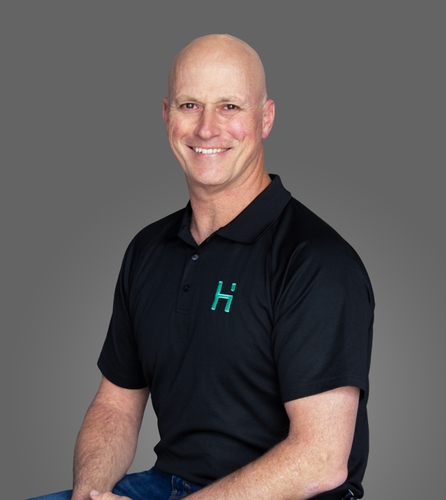KraussMaffei boosts Mexico’s agricultural industry with sustainable logistics solutions in packaging
Discover how KraussMaffei helped transform eco-friendly packaging in Mexico’s logistics sector—read the full case study now.
Welcome to Headland Technology Client log in
Whether you’re after a machine, spare part, power tool, or need to book a service call Headland will help you find the right solution in a timely manner.
Fill out the form below and the relevant expert will be in touch with you shortly.
Though laser cutting machines have been around for many decades, it can still be difficult to know which one is suited to what application, and why.
CO2 lasers operate through ‘optics’, by using a combination of mirror surface and CO2 gas which combine to produce the laser power. The strength of the wavelength produced is roughly 10μm.
Conversely, solid state lasers (in this case powered by fiber) utilise a disc which contains internal components that interact with one another in a series of reactions to produce the laser power. The strength of the wavelength produced is much lower than the CO2 laser, coming in at 1μm.
One of the most popular questions out there in relation to laser cutting is ‘what’s the difference between fiber laser vs co2 laser?’

Ever since these two lasers sources were introduced, experts have been discussing which might be the better choice for laser cutting – the fiber laser or the CO2 laser?
The most advantageous reason to choose a CO2 laser would have to be the smooth finish of its cuts, particularly in medium pieces, sized between 3mm – 10mm.
In fusion cutting, the CO2 laser’s 10μm wavelength produces burr-free cuts and a smooth edge finish which is immediately ready for subsequent processing.
Thanks to their combined reliability and durability, the CO2 laser has become synonymous with 2D laser cutting practices. Globally, there are over 20,000 CO2 lasers in use.
The fiber laser’s (or solid state laser) 1μm wavelength is absorbed three times as effectively as the 10um wavelength of a CO2 laser.
This enables very high feed rates and the processing of non-ferrous metals.
What Does This Mean?

Now that you have an idea of the main differences between fiber laser cutting and CO2 laser cutting, it’s time to select the one that’s right for you.
TRUMPF are global leading experts in sheet metal processing, laser production processes and electronic applications, offering a wide range of technology to choose from.




Whether you’re after a machine, spare part, power tool, or need to book a service call Headland will help you find the right solution in a timely manner.
Fill out the form below and the relevant expert will be in touch with you shortly.
